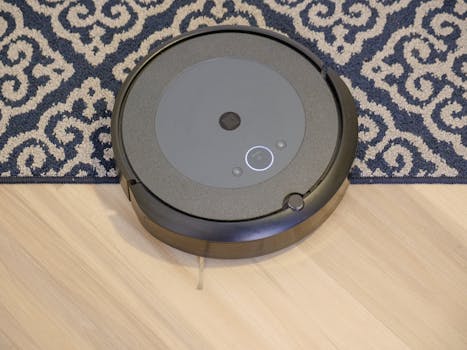
Smart Homes and Smart Living: The Technological Transformation of European Homes by 2025
Smart Homes and Smart Living are revolutionizing the way we live, work, and interact with our homes. With the latest technological advancements and innovative solutions, European homes are undergoing a significant transformation. In this article, we will explore the current state of smart homes and smart living in Europe, the benefits and challenges of adopting these technologies, and what we can expect by 2025.
Introduction to Smart Homes and Smart Living
Smart homes and smart living refer to the integration of technology and automation in homes to make them more comfortable, convenient, and sustainable. This can include a wide range of features, such as voice-controlled assistants, smart thermostats, security cameras, and automated lighting systems. The goal of smart homes and smart living is to create a seamless and intuitive living experience that enhances the quality of life for residents.
Current State of Smart Homes and Smart Living in Europe
Europe is at the forefront of the smart home and smart living revolution. According to a report by the European Commission, the smart home market in Europe is expected to grow from €15.6 billion in 2020 to €43.8 billion by 2025. This growth is driven by increasing demand for energy-efficient and convenient living solutions, as well as advancements in technology and infrastructure.
Several European countries, such as the UK, Germany, and France, are leading the way in smart home adoption. These countries have invested heavily in developing smart home infrastructure, including high-speed internet and IoT-enabled devices. As a result, many European homes are already equipped with smart home devices, such as smart thermostats, security cameras, and voice-controlled assistants.
Benefits and Challenges of Smart Homes and Smart Living
Smart homes and smart living offer numerous benefits, including increased comfort, convenience, and energy efficiency. With smart home devices, residents can control their homes remotely, receive notifications and alerts, and enjoy a more personalized living experience. Additionally, smart homes can help reduce energy consumption and greenhouse gas emissions, contributing to a more sustainable future.
However, there are also challenges associated with smart homes and smart living. One of the main concerns is data privacy and security, as smart home devices often collect and transmit sensitive data. Additionally, the high upfront costs of smart home devices and infrastructure can be a barrier to adoption for many households.
What to Expect by 2025
By 2025, we can expect significant advancements in smart homes and smart living in Europe. The integration of artificial intelligence, blockchain, and the Internet of Things (IoT) will enable more sophisticated and automated living experiences. Smart homes will become even more intuitive and responsive, with devices learning and adapting to residents’ habits and preferences.
Additionally, the development of smart cities and communities will become more prevalent, with entire neighborhoods and cities being designed and built with smart home technology in mind. This will enable seamless integration of smart home devices and infrastructure, creating a more connected and sustainable living environment.
Conclusion
In conclusion, smart homes and smart living are transforming the way we live, work, and interact with our homes in Europe. With the latest technological advancements and innovative solutions, we can expect significant improvements in comfort, convenience, and sustainability by 2025. As the smart home market continues to grow and evolve, it is essential to address the challenges and concerns associated with these technologies, ensuring that the benefits of smart homes and smart living are accessible to all.






